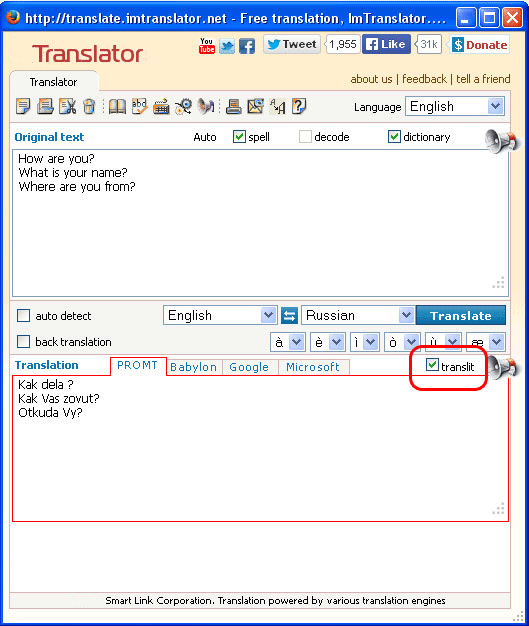
The portion of the system pertaining to the Russian language was adopted by BGN in 1944, and by PCGN in 1947. This particular standard is part of the BGN/PCGN romanization system which was developed by the United States Board on Geographic Names and by the Permanent Committee on Geographical Names for British Official Use. ) can optionally be used to avoid some ambiguity.It can be rendered using only the basic letters and punctuation found on English-language keyboards: no diacritics or unusual letters are required, although the Interpunct character ( In many publications a simplified form of the system is used to render English versions of Russian names, typically converting ë to yo, simplifying -iy and -yy endings to -y, and omitting apostrophes for ъ and ь. The BGN/PCGN system is relatively intuitive for anglophones to read and pronounce.

British Standardīritish Standard 2979:1958 is the main system of the Oxford University Press, and a variation is used by the British Library to catalogue publications acquired up to 1975 (the Library of Congress system is used for newer acquisitions). The formal, unambiguous version of the system requires some diacritics and two-letter tie characters, which are often omitted in practice. ALA-LCĪmerican Library Association & Library of Congress (ALA-LC) romanization tables for Slavic alphabets (updated 1997) are used in North American libraries, and in the British Library since 1975. It may be found in some international cartographic products. The UNGEGN, a Working Group of the United Nations, in 1987 recommended a romanization system for geographical names, which was based on GOST 16876-71. It is the first language-independent, univocal system of one character for one character equivalents (by the use of diacritics), which faithfully represents the original and allows for reverse transliteration for Cyrillic text in any contemporary language. It is based on its predecessor ISO/R 9:1968, which it deprecates for Russian they only differ in the treatment of five modern letters.
Russian transliteration iso#
ISO 9:1995 is the current transliteration standard from ISO. It covers Russian and seven additional Slavic languages. ISO/R 9, established 1954 and updated 1968, was the adoption of the scientific transliteration by the International Organization for Standardization (ISO). This standard is an adoption of ISO 9:1995 and is now the official standard of both Russia and the Commonwealth of Independent States (CIS).

Russian transliteration series#
GOST 7.79-2000 System of Standards on Information, Librarianship, and Publishing – Rules for Transliteration of the Cyrillic Characters Using the Latin Alphabet is the newest document on transliteration in the series of GOST standards.

Adopted as an official standard of the COMECON. This standard is an equivalent of GOST 16876-71. GOST GOST 16876 (1971)ĭeveloped by the National Administration for Geodesy and Cartography at the USSR Council of Ministers, GOST 16876-71 has been in service for over 30 years and is the only romanization system that does not use diacritics.

It is based on the Czech alphabet and formed the basis of the GOST and ISO systems. Scientific transliteration, also known as the International Scholarly System, is a system that has been used in linguistics since the 19th century. For instance Russian Воронин = Voronin in English, Czech or Spanish, Voronine in French and Woronin in German or Polish. Note that many phonetic transcription systems are intended for readers of a particular language, as the letters of the Latin alphabet differ, and are used differently, in each language using the Latin script. Systematic transliterations of Cyrillic to Latin Sergei Gonchar (Cyrillic: Сергей Гончар,) a popular NHL and international ice hockey player, wearing a jersey with Roman characters.


 0 kommentar(er)
0 kommentar(er)
